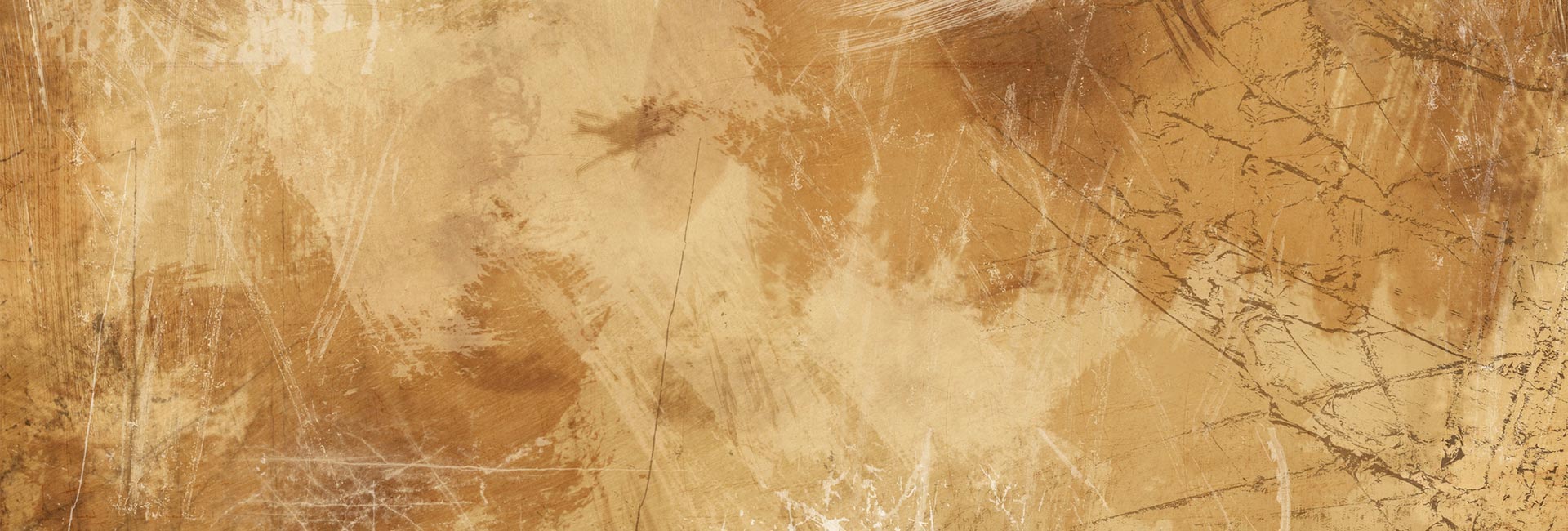Do I need a referral from my dentist to make an appointment for an exam?
No. Simply book online or call our office to set-up an in-office exam time. We’re happy to see patients of all ages!
At what age should my child be seen for an orthodontic exam?
The Canadian Association of Orthodontists recommends that children are seen by an orthodontist for an exam by the age of 7 years. Treatment may not be required immediately or recommended at all, but Drs. Samra and Vincelette can discover preliminary information about jaw development and tooth size discrepancies. This exam can provide parents with proactive plans to reduce the amount of treatment needed at a later date and/or provide a forecast of potential future treatment.
Will my dental insurance cover orthodontic treatment?
We recommend you call your dental insurance carrier to determine the details of your coverage for orthodontic treatment specifically. Typically, an insurance plan may provide 50% coverage up to a maximum dollar amount per person. Our team members are committed to helping our patients maximize their insurance benefits and will happily provide you with all the necessary documentation to submit for reimbursement.
How do I pay for orthodontic treatment?
Payment for orthodontic treatment is arranged in the form of a contract. An initial fee is due at the time treatment is commenced and then interest free monthly payments are charged to bill the balance of the treatment fee. Monthly payments are not associated with appointment intervals.
If treatment is recommended what is the next step?
If treatment is recommended the next step is to have diagnostic records taken of you or your child. Diagnostic records are performed in-office (you are not referred to a separate clinic).
The records include:
• A panoramic film – demonstrates a view of the entire dentition including unerupted teeth, upper and lower jaws, all in one picture
• A lateral cephalogram or head film – illustrates the relationship between the jaws in the vertical and anteroposterior planes of space
• Facial and dental photographs
• A digital scan of the upper and lower teeth as well as bite registration

